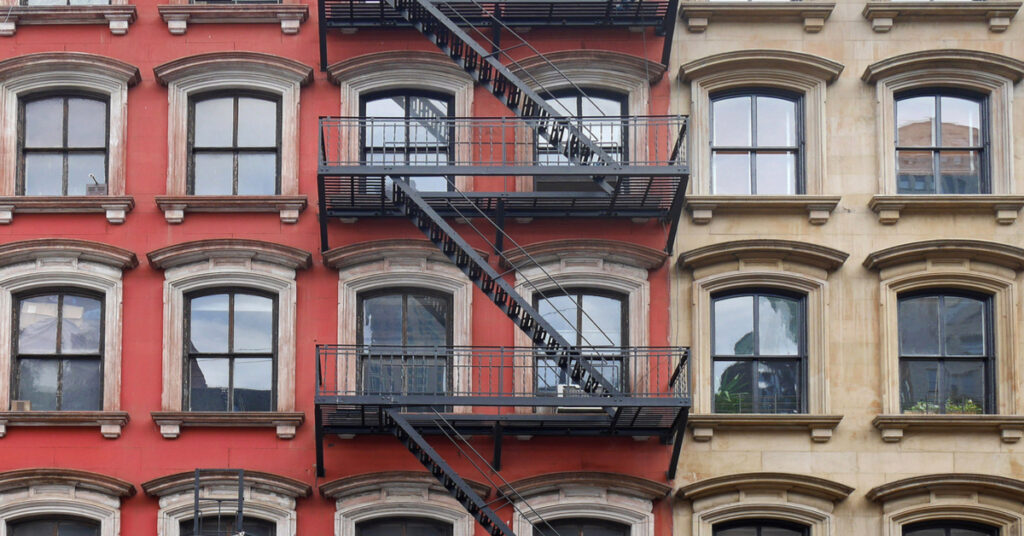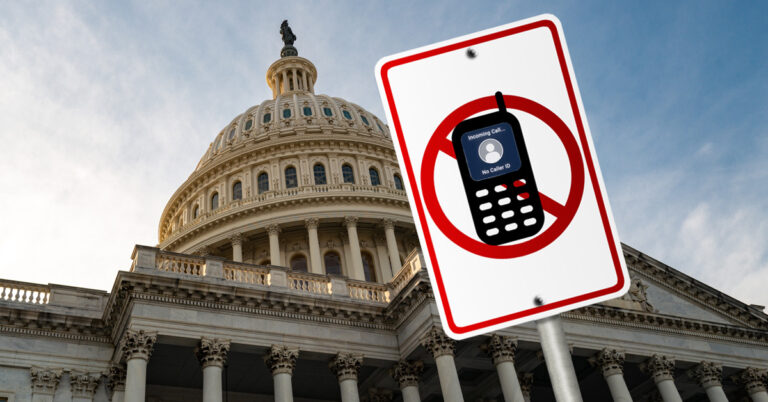Deceleration in residential rent growth has been anticipated for some time now, and November saw the first real signs of the slowdown, according to Yardi Matrix.
Average multifamily asking rents rose year over year in November, but by just $4 — down significantly from the $20-plus per month increases seen in the spring and summer. That brought asking rents to a record high of $1,590, up 13.5% year over year.
Short-term rent gains saw significant cooling as well. Rents across the country grew 0.3% from October to November, slowing from 1.5% in the previous month. In fact, of the top 30 metros tracked by Yardi, just two (Miami and Raleigh) saw rent growth of at least 1.0%, with 12 cities seeing a decrease in rents. And while some of those metro-level dips were minor, others undid recent rent gains significantly, including in Seattle (where rents decreased 0.8% month over month), San Jose (-0.9%), San Francisco (-0.9%) and Denver (-0.9%).
It’s worth noting that the national annual rent gain of “just” $4 remains indicative of a healthy market. Consider, for example, that $4 is the largest average rent increase in November since before the Great Recession, since rents generally flatten during the month as fewer people move in winter and entering the holidays.
Yardi expects more cooling of rent growth moving forward, given seasonality coupled with a reversion to pre-pandemic historical trends. Still, the data and analytics company cautioned against expecting a full and fast return to normality, considering the upheaval and uncertainty the last two years have heaped onto the market. For one thing, apartment demand is still remarkably robust, with almost 590,000 units absorbed over the 12-month period ending in October.
Meanwhile, single-family rentals continued to sizzle. Their annual rent growth of 14.7% vastly outperformed the multifamily market in November, with huge rent gains seen in many cities such as Miami (up 40.5% year over year), Tampa (38.2%) and Phoenix (23.9%). Nationally, occupancy rates in single-family rose 0.6% year over year through October, and demand remains robust, especially since home prices are still surging and many who seek the space and amenities of a detached house remain priced out of the market. The increased interest in single-family rentals has spurred growth in the number of investors looking to either buy homes to rent or fund communities of rental homes.
It’s worth noting, however, that demand in the single-family market appears to be more varied than in the multifamily space, with single-family occupancy rates in nine of the top 30 rental markets nationwide declining year over year in November, according to Yardi’s data.








